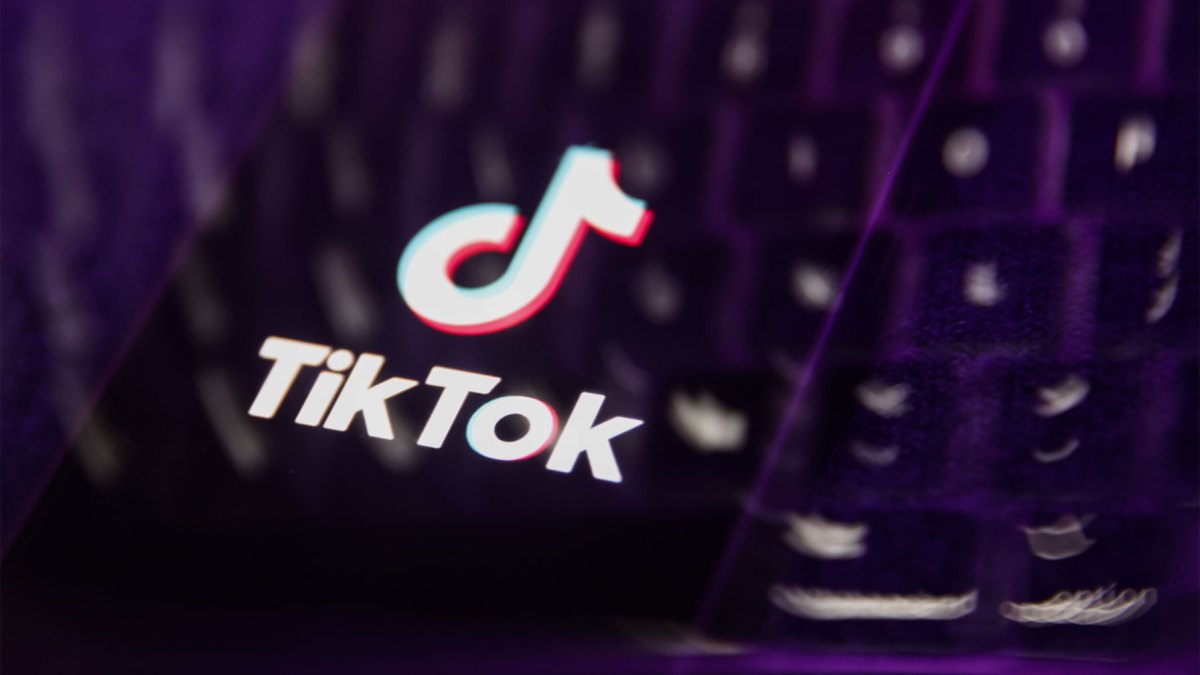Inside Amazon’s canceled plan to make Halo a fitness success
Before a wave of layoffs led to the shutdown of Amazon’s Halo division, the team behind those products had developed ambitious, long-term plans to better compete in fitness and health. Through discussions with current and former Amazon employees, The Verge has learned that Amazon had a road map for Halo that included a sophisticated, AI-based fitness training service, celebrity-led exercise classes, and more.
Amazon’s Halo brand debuted less than three years ago and introduced mass-market health and wellness gadgets designed to square off against Apple, Samsung, Fitbit, Garmin, and other rivals. First came the distraction-free Halo Band, then the Fitbit-like Halo View, and most recently, the Halo Rise smart lamp. But after piddling sales, last week Amazon abruptly exited the Halo business, stopped offering all three devices, and announced that existing units would cease functioning this summer.
For some customers, the news felt abrupt. As recently as March, Planet Fitness was still partnering with Amazon to distribute free Halo View fitness trackers to qualifying gym members. Employees were caught off guard, too: they’d been working toward the biggest expansion of Halo yet. Later this year, Amazon was planning to introduce an overhauled Halo Digital subscription service. It was set to include an advanced, AI-powered fitness trainer and celebrity-led fitness classes. The company had also decided to branch out and support the Apple Watch with its upcoming software.
None of that will be happening now. In an internal email viewed by The Verge, Amazon said it was abandoning the category due to “significant headwinds, including an increasingly crowded segment and an uncertain economic environment.”
But until recently, and even amid underwhelming hardware sales, it seemed like Amazon was still determined to push onward. The foundation of the plan was a revamped Halo mobile application with deeper personalization and more powerful workout tools. The Verge has obtained internal mock-ups of this now-canceled Halo software update.
Table of Contents
Halo Digital
In a coincidental bit of timing, Bloomberg just recently reported that Apple is developing an AI-based health coaching service that’s meant to keep users motivated as they pursue exercise, diet, and sleep goals. That paid offering, codenamed Quartz, could make its way to consumers in 2024.
It turns out Amazon was working on a similar concept for Halo before everything went sideways. Codenamed Donna, the project was to include a “Halo AI Trainer” that would use computer vision to assess a user’s workouts and monitor their progress — an approach that some fitness apps have already attempted.
Similar to Apple and other competitors, Halo Fitness courses already had the ability to display real-time metrics such as heart rate and intensity zones, but the app couldn’t analyze movement or ensure you were performing exercises correctly. That’s where computer vision (and your phone’s built-in camera) would come in. “Trainers will lead these workouts, but unlike traditional Halo Fitness workouts, check-ins are computer vision enabled and add form tracking, rep counting, and detailed performance metrics in the post-workout summary,” an internal Amazon document reads.
Some Amazon employees were less than impressed with the AI trainer’s camera vision
But within the company, early beta feedback about the AI trainer’s performance was not overly positive, and even Amazon’s own employees expressed pause over having a camera analyzing them and sharing data with Amazon during workout routines.
Halo Digital was tentatively scheduled to launch at Amazon’s fall 2023 showcase for a price of $7.99 per month. Perhaps realizing that Halo’s original points-based activity tracking wasn’t as enticing as the awards and praise offered by Apple and Samsung, Amazon intended to bring more gamification opportunities to the service by adding milestones, achievements, and badges.
“To drive plan adherence and habit formation, customers will receive badges and awards for streaks/achievements/milestones, be able to easily schedule workouts with reminders, make day-of workout modifications based on duration, preference (e.g., cardio instead of strength), or their current energy levels,” Amazon’s internal documentation on Halo Digital reads.
The documents also outline that the company was pushing to greatly expand the selection of premium and Peloton-like interactive fitness classes available to subscribers. The Halo team aimed to release “20 pieces of new content each week” in 2023. Amazon had tapped celebrities to record workout classes at its Seattle-based Halo studio. Competing with meditation apps like Calm was on the agenda, too: Amazon recruited John Stamos and Eva Longoria to record bedtime stories for Halo Digital. This work was largely finished and in the can but has now been completely scrapped.
Looking deeper into the future, the team saw inroads for Halo Digital in the health insurance industry — and potentially as a health and wellness perk for the company’s own workers. “We are exploring Halo as an employee benefit for Amazon, we will engage employers to deliver Donna as a ‘perk’ they can offer to employees,” the documentation says. “As we build evidence of Donna’s impact, we will begin collaboration discussions with health plans and self-insured employers to offer Donna as a covered benefit going into 2024 plan years.”
Intriguingly, Amazon also hoped to broaden the appeal of its Halo software by introducing Apple Watch and HealthKit support, which would have allowed owners of Apple’s smartwatch to partake in the same subscription-based training as Halo device owners — while also filling their rings and hitting the usual Apple activity goals.
There are a lot of unsold Halo devices
Putting aside the daunting competition, the Halo Band and Halo View each came with their own hardware issues that drew customer complaints. In the case of the Band, the plastic covering its sensor array could delaminate from the device. Meanwhile, the Halo View had a tendency to pop off too easily from its band or develop cracks at the point where the tracker and band meet.
Amazon was aware of the latter defect and quietly updated the View’s design to fix it, according to our sources. At times, the company briefly paused marketing Halo to iron out issues, which only stalled momentum further as new competitors arrived.
The Halo Band and View both had review scores averaging just below four stars on Amazon’s website, whereas the company’s more established product lines, like Fire TV and Echo speakers, regularly hover around 4.5 stars. But the mixed reception didn’t stop Amazon from pushing its Halo lineup on shoppers. Customers who asked Alexa fitness-related questions like “what’s a good yoga mat?” would be segmented and targeted with Halo ads. The company has acknowledged it does this sort of thing, but that doesn’t mean customers are necessarily aware of it.
“The amount of data Amazon collected on [Halo] customers is incredible,” one source said. “While we never looked at individual user data, we could see the percent of folks who used each aspect of the product and created cohorts to target based on usage. We also closely tracked competitor sales on Amazon to make product decisions.”
But none of that data was enough to turn things around. Amazon CEO Andy Jassy has been aggressive about cutting back from efforts that aren’t reliable money-makers for the company. When even the well-known Alexa and Echo divisions are feeling the effects of Amazon’s cuts and far-reaching layoffs, Halo didn’t stand a chance.
The company now finds itself with an enormous stockpile of unsold Halo products. According to people familiar with the matter, Amazon has a remaining inventory of over 500,000 Halo View and Halo Rise devices. Maybe that explains the recent gym promotions.
Prior to publishing this story, The Verge presented Amazon with several of its key points to allow the company to comment or refute anything that it viewed as inaccurate. “We don’t have anything to share beyond our statement and blog post,” spokesperson Kristy Schmidt wrote by email.
My colleague Victoria Song offered a good explanation for why Halo failed: Amazon was terribly late to the party, and the few standout software features that Halo provided — such as voice tone analysis and 3D modeling of a user’s body — came across as more peculiar than practical.
Halo’s body fat calculator had its advocates and was scientifically sound, but it also raised body dysmorphia concerns. The “tone” voice analysis, while certainly unique, torpedoed the Halo Band’s battery life. Let’s face it: there’s also the underlying reality that some people are wary about storing their health data with Amazon in the first place.
Above all else, and as the internal email laid bare, Halo was a small fish in a big pond, and Amazon had little chance of breaking through. It seems the company ultimately realized that even Halo Digital wouldn’t be enough to overcome such entrenched competition.






